Hyojababe (효자바베)
3.9Km 2021-03-22
42, Jahamun-ro, 1-gil, Jongno-gu, Seoul
+82-70-8749-0019
A restaurant frequently featured in Korean delicious food programs. This BBQ restaurant is located in Jongno-gu, Seoul. The most famous menu is grilled Korean beef.
Doseong (도성)
3.9Km 2021-03-26
15, Jahamun-ro 7-gil, Jongno-gu, Seoul
+82-2-738-8885
Sujebi jjambbong (Korean spicy seafood noodle soup with hand-pulled dough) is also a popular menu. This restaurant's signature menu is noodles in black bean sauce. This Korean dishes restaurant is located in Jongno-gu, Seoul.
Palacio Gyeonghuigung (경희궁)
3.9Km 2021-12-27
Saemunan-ro 45, Jongno-gu, Seúl.
+82-2-724-0274
Hacia finales de la época de Joseon, el palacio Gyeonghuigung fue considerado como un palacio secundario del monarca; y por su ubicación, hacia el oeste (seo, en coreano) de Seúl, en ocasiones fue nombrado como Seogwol (Palacio del Oeste).
El palacio secundario era el lugar en donde el rey se refugiaba en momentos de emergencia. Desde Injo a Cheoljong, aproximadamente 10 reyes de la dinastía Joseon pasaron algún momento de sus vidas en este palacio. Fue construido respetando el relieve de las montañas que lo rodeaban, por lo que posee una belleza tradicional en su arquitectura y un gran significado histórico. Hubo tiempos en los que tenía una dimensión enorme, por lo que se tuvo que levantar un puente con forma de arco para conectarlo con el palacio Deoksugung. Para la audiencia real, estaban los edificios Sungjeongjeon y Jajeongjeon; y como cuartos privados, los edificios Yungbokjeon y Hoesangjeon. Sumaban un total de aproximadamente 100 edificios de distinto tamaño dentro del palacio. Sin embargo, gran parte del palacio fue derrumbada y dañada por la invasión japonesa de 1908.
Hoy en día, la puerta principal del palacio, Heunghwamun, es utilizada como la puerta de acceso al Hotel Shilla.
Cerca del palacio Gyeonghuigung se encuentra el Museo de Historia de Seúl, la calle Jeongdong y la siempre abarrotada calle Jong-ro. Una vez que haya recorrido Gyeonghuigung, puede cruzar la calle Jeongdong y caminar hacia el palacio Deoksugung. El camino del muro de piedra del palacio Deoksugung está considerado como uno de los más elegantes de la ciudad.
Sarangchae de Cheong Wa Dae (청와대사랑채)
3.9Km 2023-05-30
Hyoja-ro 13-gil 45, Jongno-gu, Seúl
Sarangchae de Cheong Wa Dae es un espacio donde los visitantes pueden aprender sobre cultura coreana y la historia de los presidentes de Corea. Los visitantes pueden también conocer algunas anécdotas e historias relacionadas con Cheong Wa Dae y sentir el encanto de hacer turismo en Corea.
Jalppajin Memil - Seochon Branch (잘빠진메밀 서촌)
3.9Km 2021-03-18
41-1, Jahamun-ro, Jongno-gu, Seoul, Korea
+82-70-4142-1214
This is a Korean cuisine located in Jongno-gu, Seoul. A restaurant that uses noodles made with 100% buckwheat directly by the chef. The best menu at this restaurant is dumpling hot pot.
Seochon Guest House [Korea Quality] / 서촌 게스트하우스 [한국관광 품질인증]
3.9Km 2023-04-07
28-3, Jahamun-ro 7-gil, Jongno-gu, Seoul
+82-010-3345-9680
Seochon Guest House is located in Seochon, which is becoming a hot place for tourists in Seoul, and precisely on the road to Suseong Valley, whichis filled with interesting stores and is also well-known for Park Nosoo Art Gallery and the House of Yun Dong-ju (poet). Seochon Guest House is nicknamed ‘Jaeminangol (interesting village)’ after Baekseok’s poem ‘Yeowunangol’, with the aim of providing a visit full of interesting experiences. Passing through a garden and entering the main building, the unique charm of this hanok building, the staircase to get to the first floor from daecheong (main floored room), catches the eye of the visitors. In addition, the building is decorated with various stylish objects including paintings and Korean musical instruments. The terrace situated on the first floor offers an open view of the surrounding area including roof tiles of hanok structures and alleyways in Seochon. It is said that Korean novelist Yoon Hu-myeong also appreciated the structure of the guesthouse, saying, “It is an interesting place.” Built in the 1930s, the house, which has many storage places, was taken by the owner couple in spring 2014 as they were attracted by the house during their trip to Seochon. After the repair work, the ground floor of the house was opened for guests from January 2016, hoping that guests could share their daily experiences and stories with each other. The guestrooms and the main floored room on the ground floor are open to guests, with the exception of the first floor, which is used by the owner couple. The living room is equipped with books, a curved TV, and a table. The tasty meal, which is served in the kitchen, consists of rice and soup with six side dishes and is much loved by guests. The guesthouse offers a total of four rooms – Jae Room, which is the most Korean-style room; Mi Room, which has a combined style of a Korean-style room and Western-style room; Nan Room, which is an ideal room for meditation with a beautiful paper window; and Ahn Room, which is equipped with a veranda and a pretty flowerbed. Every room has its separate charm with various comfortable bedding to provide a quiet and cozy bedroom for guests in the middle of the city. Furthermore, the guesthouse holds a pansori (epic chant) performance twice a year. The owner started learning how to sing pansori to promote the Korean culture and tradition to foreigners. When a pansori performance is held, the owner offers traditional Korean snacks and drinks including sikhye (sweet rice punch), sujeonggwa (cinnamon punch), traditional sweets and cookies, and tteok (rice cakes) to visitors, tourists, and performers. Moreover, it provides cultural programs such as a Gukak (Korean classical music) experience, Korean traditional clothes experience, and making Korean food experience, as well as other activities with guests, such as trip to the city wall between Inwangsan Mountain and Bugaksan Mountain, and the Royal Palace Tour to Gyeongbokgung Palace, etc., as well as a trip to a traditional market.
THE HALAL GUYS - Itaewon Branch (할랄가이즈 이태원)
3.9Km 2021-03-30
187, Itaewon-ro, Yongsan-gu, Seoul
+82-2-794-8308
As a place that sells American Halal foods, it is recognized even in Itaewon, where there are many foreigners. This Western dishes restaurant is located in Yongsan-gu, Seoul. The most famous menu is sandwich.
Honbap Star (서촌막회센타)
3.9Km 2021-03-24
49, Jahamun-ro 1-gil, Jongno-gu, Seoul
+82-10-9018-6349
This is a raw fish restaurant known for its cost-effectiveness. This Korean dishes restaurant is located in Jongno-gu, Seoul. The representative menu is sliced raw small fish.
Zona Turística Especial de Itaewon (이태원관광특구)
3.9Km 2024-03-12
Itaewon-ro 196, Yongsan-gu, Seúl
Itaewon es un destino turístico y de compras popular entre los extranjeros que visitan Corea. En esta zona, más de 2.000 tiendas se hallan una al lado de otra, formando un gran complejo comercial. Se puede encontrar de todo en estos locales: ropa, calzado, bolsos, etc. Además, la zona dispone de numerosos restaurantes, instalaciones recreativas, empresas de comercio internacional, agencias de viaje y hoteles de turismo. La gran cantidad de letreros en inglés y otros idiomas extranjeros en sus calles hacen sentir que no se está en Corea sino en un espacio internacional.
Las pequeñas tiendas de recuerdos se abrieron para atender a los soldados americanos después de la liberación de Corea. Desde entonces, siguieron erigiéndose centros comerciales para atender a las necesidades de los extranjeros residentes y turistas, y al ser anfitriones de los Juegos Olímpicos de 1988 en Seúl, Itaewon creció rápidamente como un barrio de compras. Desde mediados de los años 90, sus calles, que eran las vías del ejército estadounidense, pasaron a ser los bulevares de los ciudadanos de todo el mundo, especialmente con la llegada de turistas de Japón, Hong Kong, China, el Sudeste Asiático, África y Medio Oriente. En 1997, el área fue designada como Zona Turística Especial.
Los servicios de atención en chino y japonés, así como en inglés, están disponibles en la mayoría de las tiendas debido al hecho de que la mayoría de los clientes son extranjeros. Además, en la zona hay restaurantes especializados donde se pueden probar los sabores únicos de los platos del mundo entero. Hay comida turca, india, paquistaní, suiza, tailandesa, y, por supuesto, la auténtica comida estadounidense. El barrio de Itaewon, tras su renacimiento como uno de los mejores destinos turísticos del mundo, provee no solo oportunidades para las compras sino que también ofrece la oportunidad de ver y conocer la exótica y tradicional moda y cultura coreana. Aquí se realizan numerosos festivales tales como el Festival Global de Itaewon, en el que se muestran tanto la cultura coreana como las culturas tradicionales de todo el planeta.
Podam (포담)
3.9Km 2021-03-22
11, Jahamun-ro, 9-gil, Jongno-gu, Seoul
+82-2-733-0831
A store featured in Korean gourmet programs. This Chinese (cuisine) restaurant is located in Jongno-gu, Seoul. The most famous menu is dim sum.
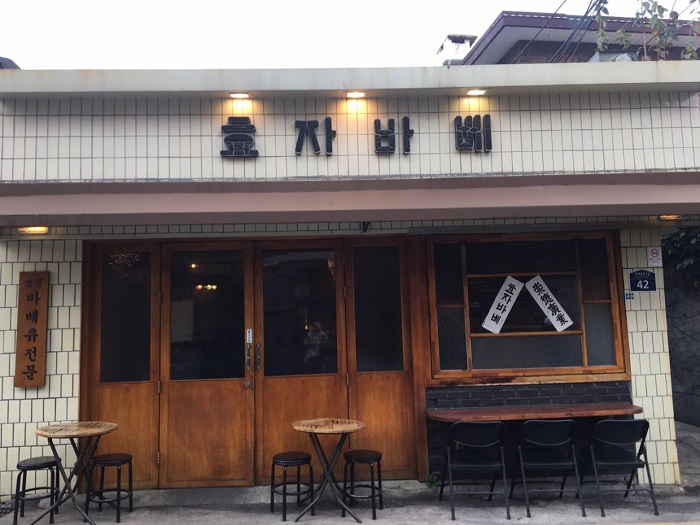
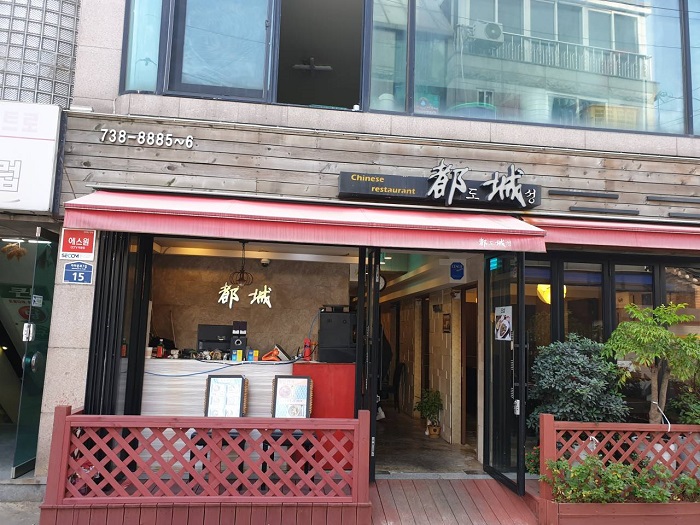
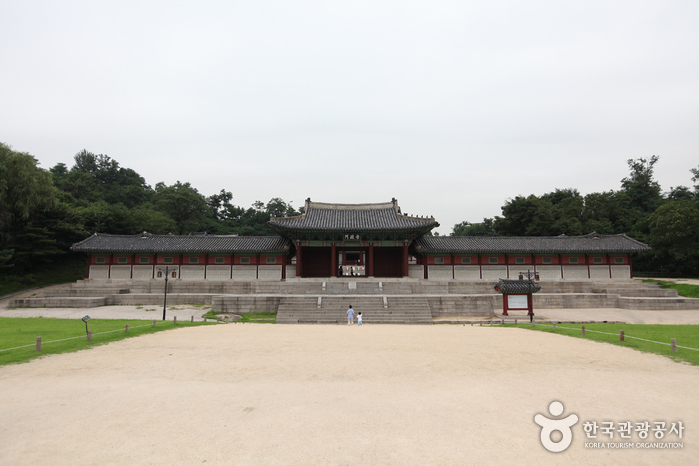
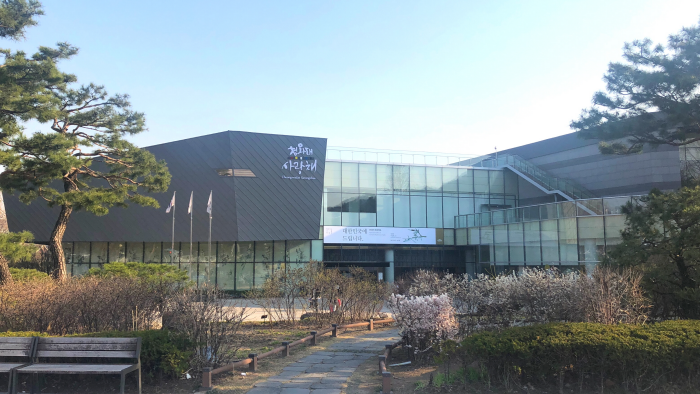
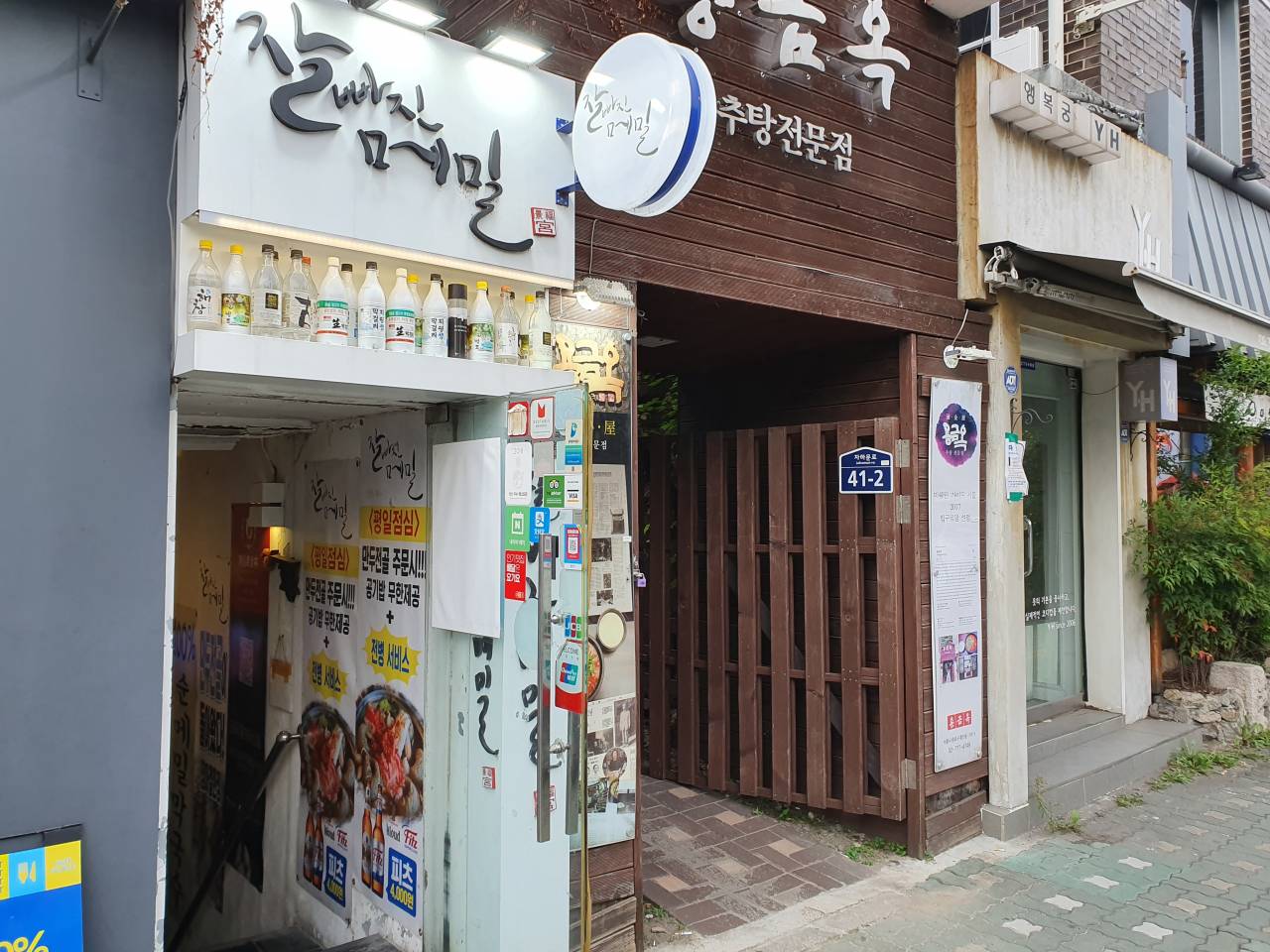
![Seochon Guest House [Korea Quality] / 서촌 게스트하우스 [한국관광 품질인증]](http://tong.visitkorea.or.kr/cms/resource/41/2447241_image2_1.jpg)
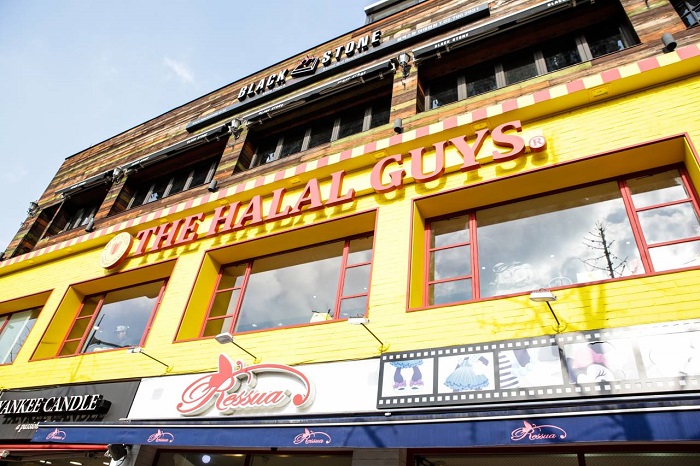
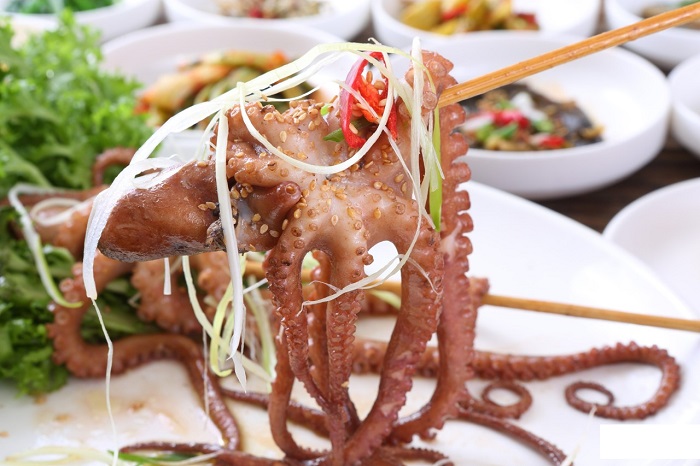

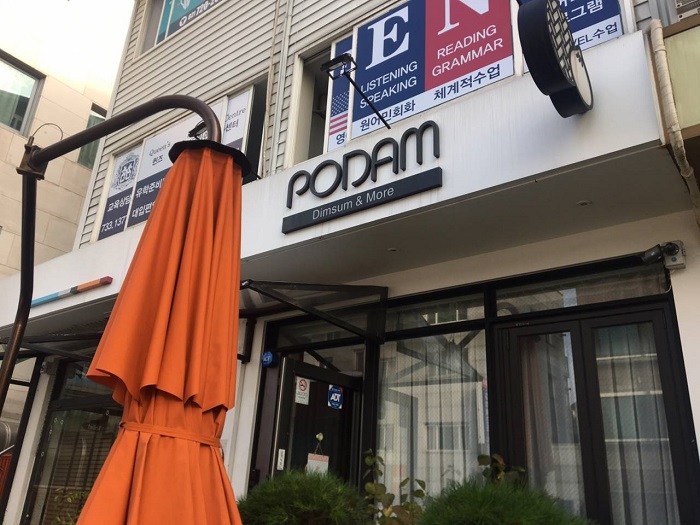
 Español
Español
 한국어
한국어 English
English 日本語
日本語 中文(简体)
中文(简体) Deutsch
Deutsch Français
Français Русский
Русский